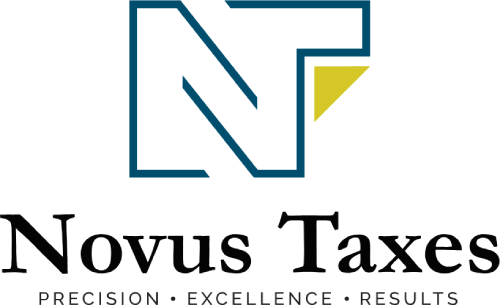Working on the complexity of nonprofit accounting requires thoroughly studying how this financial landscape operates and works. There’s a thin line of intricacies where nonprofit organizations could go wrong, and it heavily affects their financial management. One needs to maintain an accurate and transparent approach while managing tax filings, tracking sources of donations, recording expenses, and more. We have written this article to guide you through the basics of nonprofit accounting and how you can strategically gain financial stability for it.
Is Bookkeeping for Nonprofits different from for-profit organizations?
The very first question that may arise to you is how nonprofit organizations’ bookkeeping differs from for-profit bookkeeping. Of course, nonprofits are not driven by the profits they share on their books, yet their financial strength depends heavily on how meticulously you have planned and managed the books. It requires bookkeeping based on donations, expenses, and all. These are the key things to take care that differentiate the nonprofit bookkeeping apart:
- Compliance Regulation: Nonprofits must adhere to specific reporting standards and compliances to maintain their tax-exempt status.
- Track Donations and Volunteer Hours: Since it is about helping the community, they must count on various forms of contributions like donations, volunteer hours, and all.
- Financial Report Transparency: Being transparent with all the donors and people leads to supporting their mission, and this is how one needs to ensure their nonprofit organization’s financial resources.
What are the considerations for setting up nonprofit accounting?
There are several factors that you need to consider while setting up your nonprofit accounting system. They are critical for the establishment of your financial stability. Let’s find out what they are:
- Accrual Accounting vs. Cash: It is very important to define which accounting basis your organization will follow. As mentioned, you have two choices: accrual and Cash. Accrual recognizes revenues and expenses when they are incurred, facilitating a more accurate financial image. It is useful for larger nonprofit organizations with more complex activities.On the other hand, cash-based accounting helps simplify cash flows. This option is better when you have a small nonprofit organization that aims to manage cash inflows and outflows.
- Establishment of Tax-exempt status: Two things you need to focus on for establishing tax-exempt status are IRS Form 1023 and State requirements. The IRS Form 1023 is applicable for federal tax exemption under section 501(c)(3). Similarly, each state has its own regulations for tax-exempt status. Your organization has to ensure compliance with both federal and state requirements.
- Tax Filling for a Nonprofit organization: Filing tax profits means filing IRS Form 990 for nonprofit organizations—every nonprofit files this to report its financial activities. The form depends on the size of the nonprofit’s finances.
- Form 990: For organizations with $200,000 or more in gross receipts or $500,000 or greater total assets.
- Form 990-EZ is for organizations with less than $200,000 in gross receipts or less than $500,000 in assets.
- Form 990-N: This is also called an e-postcard for organizations with less than $50,000 in gross receipts.
- Form 990-PF: It is for private foundations irrespective of the size of their finance.
- Tracking Donations for Nonprofits: You need to keep detailed records to track the amount, frequency, sources, and method of each donation that comes to the organization. This is critical as it provides donors with receipts and maintains transparent records. Also, you have to constantly assess the impact of donations on the mission of the organization, i.e., Influence Value. This helps the organizations prioritize the fundraising efforts.
- Bookkeeping for Nonprofit: You need to make sure of three things: clear financial statements for the nonprofits and accurate bookkeeping. They are Expense Classification, Revenue Tracking, and Net Assets. Categorizing the expenses as program or administration leads to showcasing the efficient use of funds. At the same time, keeping records of membership dues, grants, and other sources of income helps you track the revenue. Lastly, you must ensure proper fundallocations by varifying and monitoring net assets management, which can be divided into unrestricted, temporarily restricted, and permanently restricted.
- Reporting: As an accountant for a nonprofit organization, you need to provide timely financial reports to board directors. These reports should include balance sheets, operations reports, and cash flow statements. Don’t forget to conduct regular audits to ensure compliance and financial growth.
Have you noticed the difference in nonprofit accounting?
After learning about the basics of nonprofit accounting, you will understand how it differs from for-profit accounting. Keeping clear books of records is vital for nonprofit organizations to maintain donors’ trust. By learning how to define Net Assets and the unique aspects of nonprofit accounting and using the right tools, you can achieve financial stability and growth in your organization. Need help? Get in touch with our accounting experts, who have over five years of experience managing nonprofits.


